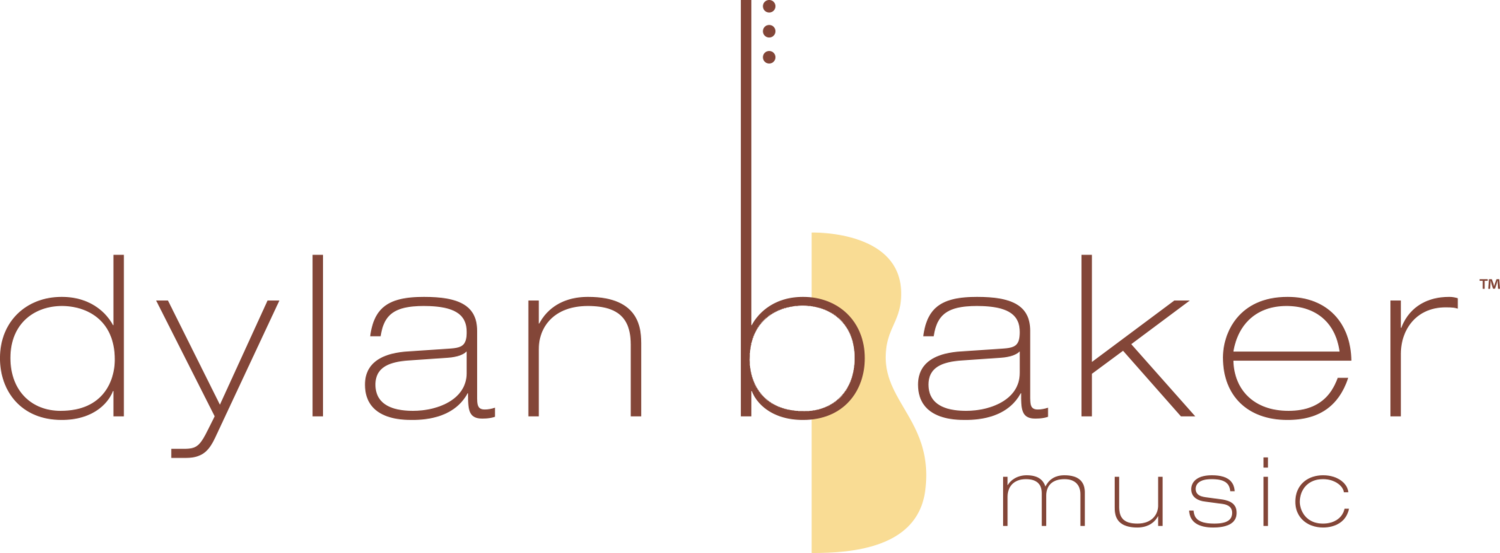From entrancing Irish laments to energetic jigs or reels, Celtic music is a range of experience for the ear. This post gives an overview of the origins and history of Celtic music, the instruments typically played, and how the music works theoretically. As a bonus, I have included a video and sheet music to an original Celtic song I composed, outlined at the bottom of the page.
Origins
Celtic music originated from a group of Europeans who identified themselves as Celts. They lived across a large area in Western Europe prior to the Roman conquest where Scotland, Ireland, Isle of Man, Wales, Cornwall, and Brittany are currently located. Celtic music can be traced back to the 1600’s, though there is evidence of Ancient Celtic Music all the way back to early civilization. The form was mainly learned by rote (ear) from the musicians at the time.
Guitar wasn’t primarily used in traditional European Celtic music. It wasn’t until the early 20th century that European immigrants in America introduced the guitar in Celtic songs; most likely due to the fact that guitar was quite popular in the US at the time.
Eventually, the Celtic style evolved into many sub-genres. With such a variety of contemporary artists (Gaelic Storm, Enya, Lunasa, Dropkick Murphys and Flogging Molly, to name a few), it remains one of the world’s most popular forms of music.
Types of Celtic instruments -
Fiddle - Identical to the violin with the exception of the bridge. The bridge on the fiddle is flatter than a violin. This is due to the double and triple stop bowing that is played with Celtic, bluegrass and folk music.
Celtic Harp - A smaller and simpler version of a concert harp that uses levers to adjust the pitch of the instrument. Celtic harps can be strung with wire, gut or nylon strings.
Irish Flute - There are two main types of Irish flutes; Boehm-System and simple-system flutes. The Boehm-System flutes are typically made of metal or wood, have a cylindrical bore and use a complex key system. The simple-system flute is produced with a wood body and has a conical bore.
Bodhran - A shallow drum made with a wooden body. The drum head is typically made of goatskin, and is played with a double-headed stick called a tipper or beater.
Banjo - A four, five or six stringed instrument that has a circular body with a thin membrane stretched over the front. The membrane is made of various types of synthetic materials, and is sometimes made with animal skin.
Irish Bouzouki - A four-course, eight stringed instrument. It’s a member of the mandolin family although it’s tuned an octave below the mandolin (GDAE or GDAD). The Irish bouzouki evolved from the Greek bouzouki, though the tunings are different between the two. It has a flat back side as opposed to the round back side with the Greek bouzouki.
Guitar - Typically a six stringed instrument (other variations exist) with an inlay of metal fret wires on the fingerboard. The guitar can be played acoustically, with the sound resonating within the body and exiting through the sound hole, or electrically, wherein the sound is transferred through a guitar amplifier.
Mandolin - A four-course, eight stringed instrument (other variations exist) that is tuned an octave higher than the Irish bouzouki. The mandolin can be played melodically or harmonically.
Hammered Dulcimer - A trapezoid shaped instrument where the strings gradually become longer from top to bottom of the sound box. The instrument is usually played with wooden hammers.
Bagpipes - A blowpipe is used to inflate a bag of air where the musician exerts arm pressure. The sound is created as the air moves through a reed on the chanter of the instrument.
Theoretical Analysis
Celtic songs can be written in a couple of ways. Jigs and reels give us an upbeat and lively tempo. Ballads and Irish laments are written in slower tempos as they typically express melancholy sentiments or feelings of loss and mourning.
Celtic songs are usually written in 4/4, 2/2, or 6/8 time signatures and are generally written in one key, with the exception of modulating into the relative major or minor of the main key. The keys of G, D and A are mainly used as they are easy to play on the fiddle and tend to have a drone-like undertone below the melody line.
Ionian, dorian, mixolydian and aeolian modes are primarily used in Celtic songs, though there are always exceptions. When guitar is present, there are three common tunings that are utilized. Standard Tuning (EADGBE), Drop D tuning (DADGBE) and “DADGAD” tuning (self-named). DADGAD tuning is sometimes referred to as “Celtic Tuning”, as it is very popular within the genre.
Jenna-Lynn’s Spring
Included below is a video and downloadable tab of sheet music for an original Celtic song I composed for fingerstyle guitar, utilizing the ideas and concepts discussed above.
Jenna-Lynn’s Spring is written in the key of D major with a Drop D tuning and has a 6/8 time signature. The song utilizes traditional diatonic harmony and the melody is mainly played by the high notes in the various chord voicings.
I’ll play the song at the tempo I enjoy, then I’ll slow it down with a metronome and zoom in with the camera so you can hear the rhythms better and see the fingerings easier.
I hope you have advanced your appreciation for such an influential genre, and are inspired to practice the tune I composed as well as other Celtic songs!





